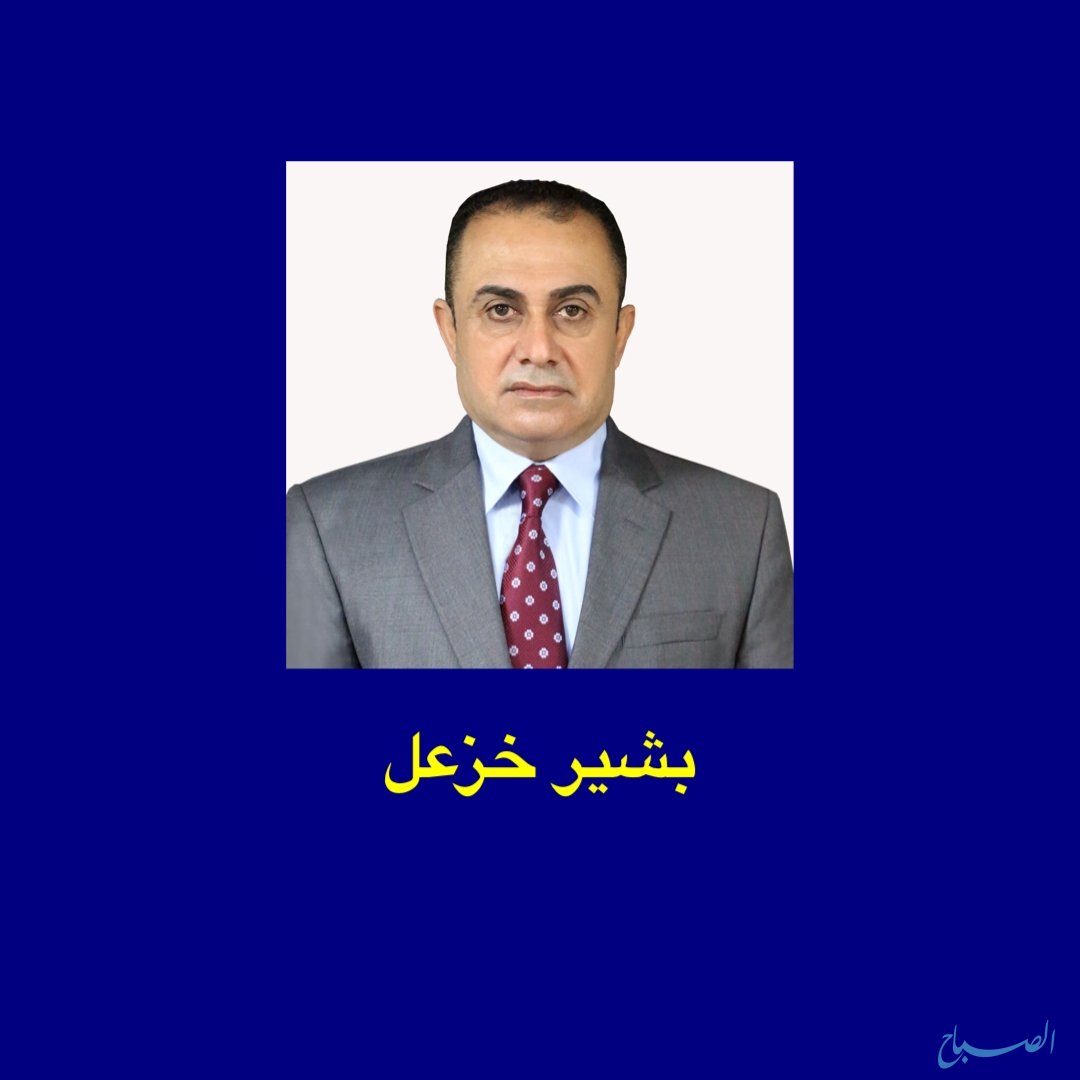Citizen and exchange rate
 In economics, the external value of a currency lies in the presence of a balance or surplus in the current account of the balance of payments relative to the gross domestic product, which should indicate a stable state at a minimum, not less than 4 percent annually. To achieve this goal, it is necessary to rely on a sustainable increase in the annual growth rate of the gross domestic product, provided that exports exceed imports, within the country’s trade balance.
In economics, the external value of a currency lies in the presence of a balance or surplus in the current account of the balance of payments relative to the gross domestic product, which should indicate a stable state at a minimum, not less than 4 percent annually. To achieve this goal, it is necessary to rely on a sustainable increase in the annual growth rate of the gross domestic product, provided that exports exceed imports, within the country’s trade balance.
In the past, the country had the capacity to export goods and services more than it imported, which strengthened the value of the national currency, especially the external value of the currency itself, during those years, especially in the early seventies, and the economy indicated a positive state, in addition to the availability of foreign reserves that support the main barrier against potential external factors and their effects on the overall economic situation.
In the current economic system, currency prices are determined globally in two main ways, namely floating and fixed prices and through local and international factors that control the strength of the currency in supply and demand, interest rates, inflation and growth in the local economy, the trade balance and other influences, but the strength of the national currency is linked to its external value, specifically the exchange rate, as the external value of money is directly linked to the stability of the current account of the balance of payments, especially in the long term, in addition to the stability of foreign reserves in the central bank of the country, which strengthens the strength of the Iraqi dinar and the stability of the exchange rate.
On the other hand, the value and stability of the currency are linked to the internal value of the national currency itself. Just as we talk about the stability of the external value of the currency in the exchange rate and its exchange power with other currencies, the internal value of the currency is the other side of the stability Currency and its strength, here the value of the national currency is directly linked to the general price level, which means the strength of goods and services expressed in money.
There is a correlation between price stability and the value of the national currency, and this requires the availability of a wise monetary policy, undertaken by central banks that make the growth in the money supply commensurate with the growth in the gross domestic product or national income.
The quantitative theory of money is based on the principle of the neutrality of money, which explains that the cause of inflation in the long term is money itself, as the growth in the money supply in a way that is not commensurate with the growth in the gross domestic product leads to either inflation or contraction in the growth of the general price level, if the amount of money in the economy increases, and unless there is a parallel increase in economic output, this will lead to an increase in the general price level, and a loss of control over exchange rates, even if the state sets the exchange rate in a way that is different from what is sold in the market.
The best evidence of this is that the exchange rate in most Iraqi markets is still fluctuating between 149-150 thousand Iraqi dinars for every 100 US dollars, while the government exchange rate is 132 thousand Iraqi dinars for every 100 dollars. American, but it did not bring any significant benefit to the citizen, but rather only speculators, brokers, traders and some companies profited from the price difference.
Alsabaah.iq
